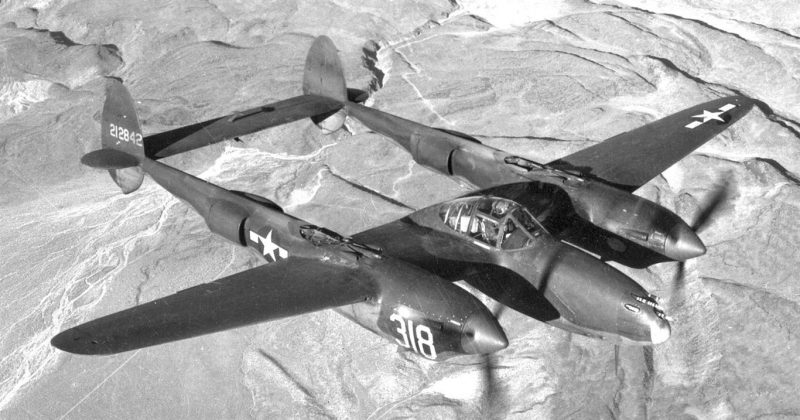Peyton Mathis wasn’t born until five years after his uncle died at Guadalcanal Island in World War II.
Mathis is the president of a building and supply company in Montgomery, AL. He has strived to learn about and preserve the legacy of the man he is named for.
Major Peyton Mathis, Jr. was a decorated fighter pilot who fought against the Nazis in Europe and the Japanese in the Pacific. He died when his plane crashed into a swamp on Guadalcanal in 1944. He was 28 at the time.
Major Mathis’s nephew has been collecting anything he can get about his uncle. He has acquired military records, photos, documents, and stories from people who knew his uncle.
Recently, he received the goggles from his uncle’s crash site. He keeps them with the collection in his office.
The collection includes his uncle’s oxygen mask with the hose attached and his radio headset. He also has his uncle’s medals, including the Distinguished Flying Cross.
Major Mathis grew up in Montgomery. He was commissioned as a second lieutenant in the US Army Air Corps in 1941, around six months prior to the attack on Pearl Harbor.
He flew a P-38 Lightning and rose to the position of commander of the 44th Fighter Squadron in February 1944.
On June 5, 1944, the squadron left Guadalcanal to participate in a raid against the Japanese on the Solomon Islands. Bad weather caused them to abort the mission. Mathis’s right engine lost power.
He jettisoned the bombs he was carrying and led the squadron back to the base. He then circled the base to give the other pilots time to land before attempting his own landing.
As he turned to approach the landing strip, his plane suddenly straightened and disappeared behind the hills.
A rescue team was able to locate the crash site that afternoon, but the plane was submerged in a dense swamp that made it impossible to recover either Mathis or the plane.
In 1949, a search team made another effort to recover Mathis’s body. They were unable to locate the crash site since the coordinates had not been recorded from the rescue attempt in 1944.
The Army classified Major Mathis as “unrecoverable.”
Three years ago, Anders Markwarth contacted Mathis. Markwarth is an Australian businessman and aviator who lived on Guadalcanal and spent years tracking down Major Mathis’s crash site.
A farmer led Markwarth to the tail section of a plane sticking out of the swamp. The location, less than five miles from the airbase, made it seem likely that it was Major Mathis’s plane.
Markwarth later contacted the Joint POW/MIA Accounting Command, JPAC, which used DNA testing and other techniques to determine that the remains on the plane were indeed Major Mathis’s.
More than 70 years after his death, Major Mathis’s remains were sent home for burial with full military honors. He was laid to rest in Greenwood Cemetery on January 3, 2015, alongside his father and half-brother.
A bystander at the P-38 recovery site took Major Mathis’s goggles and other items from the site. Markwarth asked for the items, but the man wanted a large sum of money for them which Markwarth declined to pay.
Eventually, a Mormon missionary bought the items from a resident on the island. When she learned that they were from the Mathis crash site, she shipped them to Mathis. When he opened the package, he said that he got chills.
Markwarth’s brother had sent the oxygen mask and headset to Mathis a few months prior.
Last year, Mathis and his wife flew to San Antonio to visit Major Mathis’s widow, Evelyn Schneider. She passed away earlier this year.
Her three adult sons, all attended Major Mathis’s funeral in Montgomery, AL.com reported.
Mathis, who has his pilot’s license, is planning to visit Guadalcanal to visit Markwarth. Markwarth is currently restoring Mathis’s P-38. Mathis is hoping he will get to sit in the plane.
